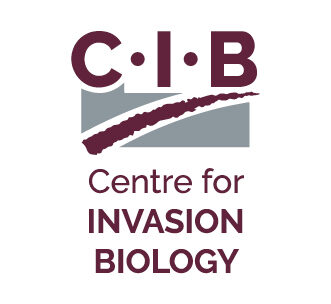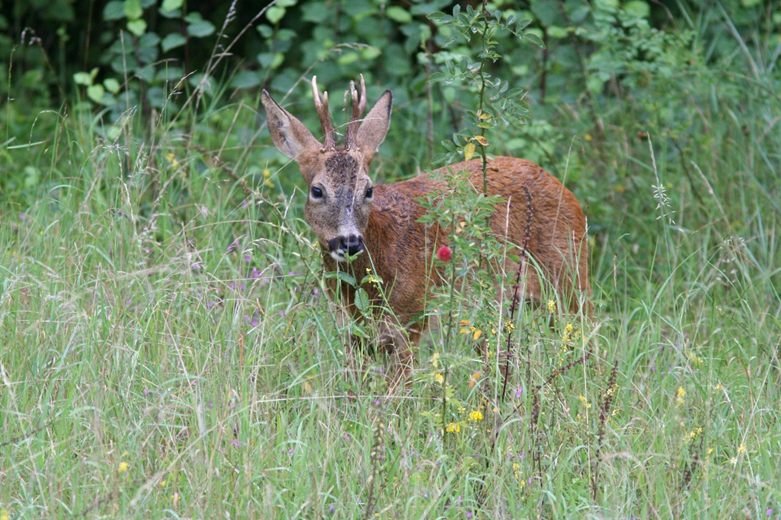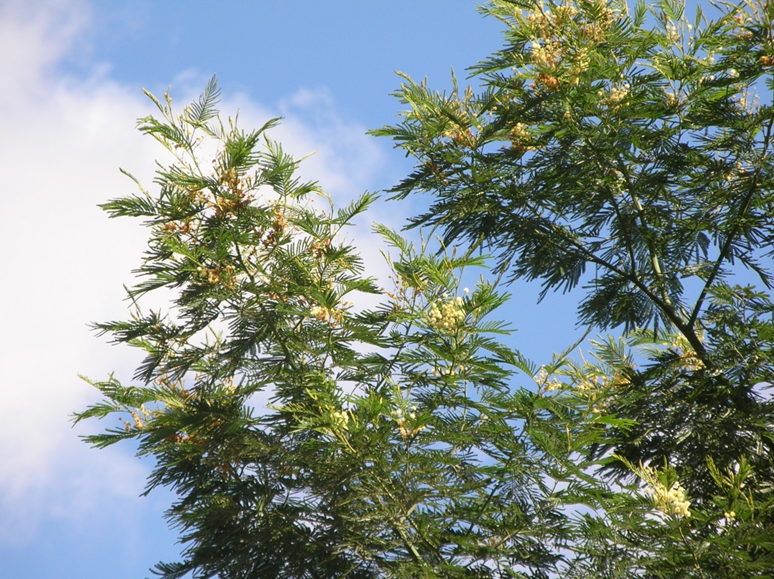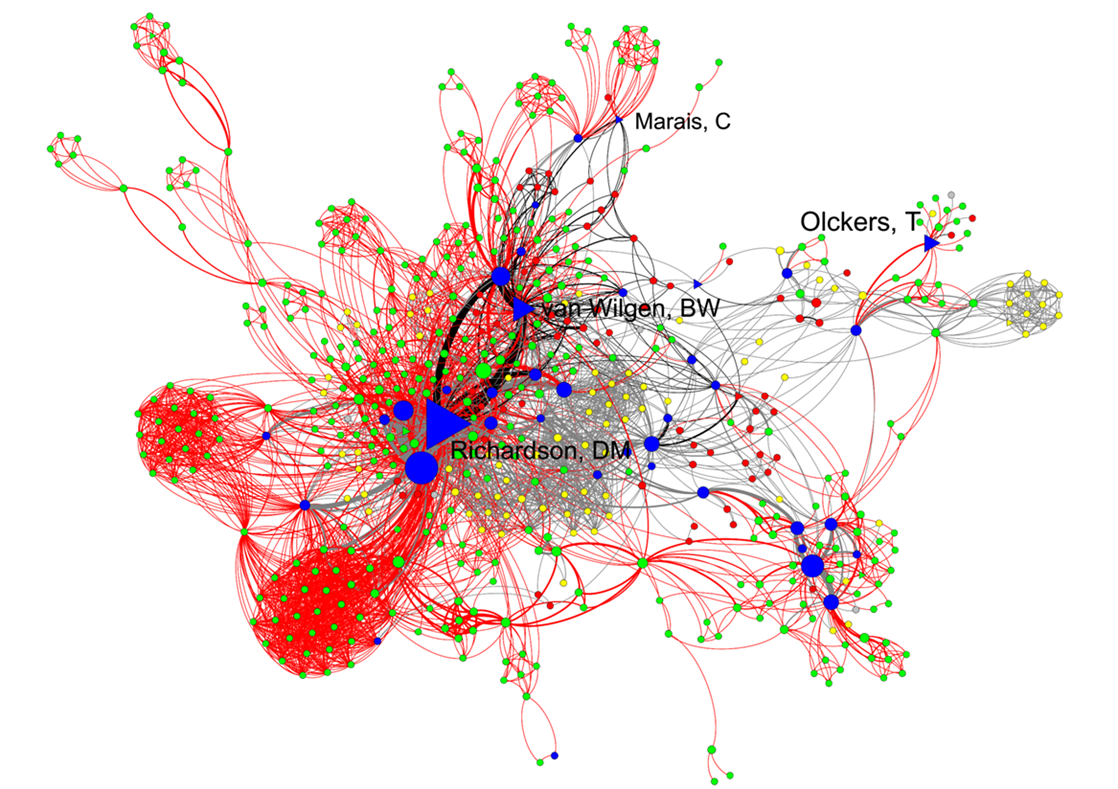Ungulates mediate long-distance plant dispersal by endo- and epizoochory
Ungulates refer to animals with hooves and include 257 species across the world. These generally large-bodied mammals move diaspores (any part of a plant that plays a role in plant dispersal e.g. spores, seeds, fruits) of nearly half of the plant species available within their home range.




